How to Unlock a Door with a Card Safely
Home > How to Unlock a Door with a Card Safely
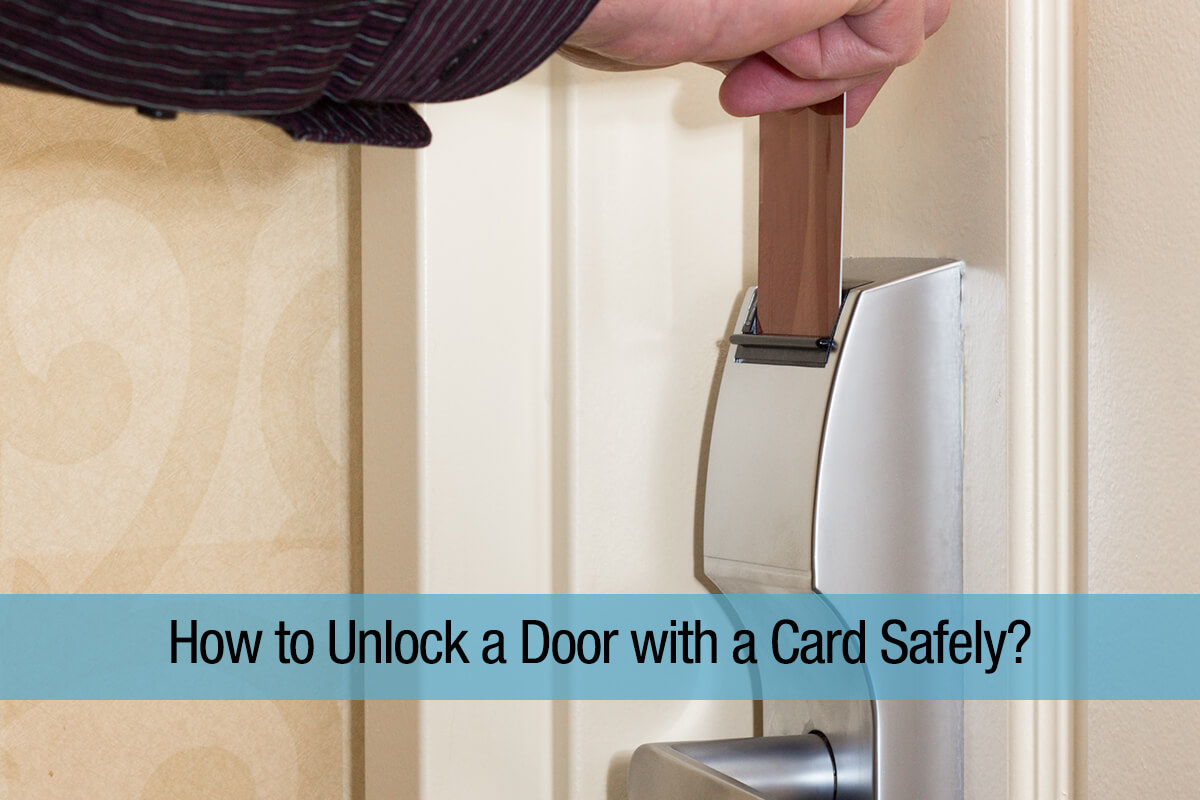
Finding yourself locked out of a room or your home can be a moment filled with frustration and anxiety. Whether you’ve left your keys on the other side of a closed door or are dealing with a lock that just won’t budge, knowing a safe, alternative method to gaining entry can be incredibly freeing.
One popular way of opening a locked door is with a card. It might sound like a scene from a spy movie, but with the right approach, it can be done safely without harming your door or lock. So, how do you go about it?
Table of Contents
Mastering the Basics of Door Locks
Most locks, including doorknobs and deadbolts, have a locking mechanism that consists of two main parts: the latch and the bolt.
The latch is the spring-loaded part that slides into the strike plate on the door frame, keeping the door closed. The bolt is the part that extends into the door jamb and keeps the door locked.
When you turn a key or twist a doorknob, the mechanism inside the lock moves, either retracting or extending the latch and bolt to open or secure the door. With this understanding, we can explore safe ways to use a card to unlock a door.
The Credit Card Trick
The credit card trick is one of the most well-known methods of unlocking a door with a card. While it may seem like an easy and quick solution, it’s noteworthy that this card method only works on certain types of locks and doors and requires some skill, patience, and practice.
Step 1. Select the Right Card
Start by choosing a card that you don’t mind potentially damaging. A laminated card works best as it’s more flexible and durable. Avoid using active credit or debit cards.
Step 2. Insert the Card
Slide the card between the door and the door frame, positioning it just above the doorknob. Angle the card slightly downward, aiming for the gap where the latch meets the frame.
Step 3. Find the Latch
Gently wiggle the card deeper into the gap until you feel it hit the latch. The objective is to get the card’s edge to push against the sloped side of the latch.
Step 4. Apply Pressure and Manipulate
Once you’ve found the latch, apply pressure by pushing the card further while simultaneously bending it towards the door knob. This motion aims to force the latch back into the door, allowing it to swing open.
Step 5. Patiently Work the Latch
It may take several attempts to get the card positioned correctly. If it doesn’t work initially, slowly withdraw the card, re-insert it, and try again, adjusting your angle and pressure each time.
Step 6. Open the Door
Once the latch is successfully pushed back, turn the door handle and push the door open. If the door doesn’t open easily, double-check to ensure the latch is fully retracted and try again.
Step 7. Practice
Successfully unlocking a door with a card on the first try is rare. Practice on a door in your own home (where you have permission) to get the hang of it before you need to use this skill.
Remember, using the credit card trick should be a last resort. Always respect privacy and legality when attempting to enter a locked room or building.
Other Methods of Unlocking Doors Using Household Items
The credit card trick is a classic go-to when you’re locked out. But guess what? Your household items can be heroes, too! Check out these clever alternatives:
- Bobby Pins: Often used in movies and television shows, unlocking a door with bobby pins is a bit more complex but still achievable. Straighten two bobby pins, making one into a pick and the other into a tension wrench. Insert the tension wrench into the lower section of the keyhole, exerting gentle pressure, and utilize the pick to deftly manipulate the pins housed within the lock.
- Screwdriver: Small or flat-head screwdrivers can be used on simple locks, especially bathroom or bedroom doors. Insert the screwdriver into the keyhole and turn it like a key. This method requires a screwdriver that fits snugly within the lock.
- Paperclips: Similar to bobby pins, paper clips can be shaped into tools for picking a lock. You’ll need at least two paper clips – one to act as the tension wrench and the other as the pick.
- Butter Knife: A butter knife can sometimes replace a credit card, especially if the door doesn’t latch properly. Slide it between the door and the frame and jiggle it to unlatch it. This method works best with older doors.
- Coat Hanger: A metal coat hanger can be straightened and bent into a hook at one end. This is particularly useful for unlocking a door that has a small hole in the center of the knob. The hook can be inserted into the hole to catch and pull back the lock mechanism.
- Bump key: Bump keys are specially cut keys that can be used to open doors with many types of locks. They apply pressure and tap the key with a hammer or similar object to “bump” the pins into place and unlock the lock. This method requires practice and may not work on all locks.
- Screwdriver: In some cases, this can be used as an improvised pick for unlocking a lock. Simply insert the tip into the keyhole and apply gentle pressure while turning it back and forth to try and manipulate the pins.
These methods should only be used in emergencies or to gain access to your property when you’ve accidentally locked yourself out. Misuse can damage the lock or door, and it’s always best to call a professional locksmith if you cannot gain entry without risking damage.
When to Call a Professional: Risks of DIY Methods
While DIY methods for unlocking doors can sometimes seem like quick and easy solutions, there are significant risks involved. Amateur attempts at lock-picking or forced entry can result in damage to the door, frame, or lock itself, potentially incurring costly repairs. Additionally, such methods can weaken the integrity of the locking mechanism, making your home or property more vulnerable to unauthorized entry.
More complex locks, particularly those designed with anti-pick or anti-bump features, require specialized tools and knowledge to bypass without harming the user. If DIY methods fail after a few attempts, it’s advisable to call a professional locksmith.
A certified locksmith has the tools, knowledge, and experience to safely and quickly open locked doors without causing damage. Furthermore, in tricky situations where a lock is damaged or keyless entry methods are compromised, a locksmith can provide immediate solutions, including lock replacement or rekeying, ensuring your security is reinstated. Recognizing when a situation is beyond a simple DIY fix is important.
Opting to call a professional saves time and potential frustration and guards against the risk of unintended damage or compromised security.
Elevate Your Security with Modern Locking Solutions
Whether you’ve been locked out of a room or are looking to upgrade your property’s security, it’s essential to understand the latest locking technologies and how they can fit into your overall security strategy.
If you’re interested in exploring modern locking solutions further, here are some steps you can take:
- Research: Conduct research on different types of locks and their features, including traditional mechanical locks and smart locks. Consider factors such as convenience, security level, and compatibility with your property’s existing infrastructure.
- Consult a Professional: Seek professional advice from a trusted local locksmith or security expert to assess your property’s specific needs and recommend suitable locking solutions.
- Invest in Quality Products: When selecting locking solutions, prioritize quality over cost. Poorly made or outdated locks can compromise your security and potentially cost more in repairs or replacements in the long run.
- Educate Yourself: Stay informed about new advancements in locking technologies through online resources, trade shows, and professional associations. This expert insight will empower you to make well-informed decisions when safeguarding your property.
Investing in modern locking solutions ultimately means investing in the safety and security of yourself, your loved ones, and your property. Don’t wait until an emergency arises – take action now to elevate your security and stay one step ahead of potential threats. So always be prepared with knowledge about different locking methods, as they can come in handy in urgent situations.
Take the Next Step: Secure Your Property Today
Using a card to unlock a door is best reserved for emergencies or when you’ve accidentally locked yourself out of a room within your property. Practice and caution are paramount to avoid damage to the door or lock.
At Absolute Locksmith, we offer various services, from emergency lockouts to comprehensive security assessments and installations of advanced locking mechanisms. Don’t leave your security to chance; take the next step towards a safer, more secure property by contacting our locksmith in Orange County today. Secure your peace of mind by ensuring your home or business is protected by the industry’s best.
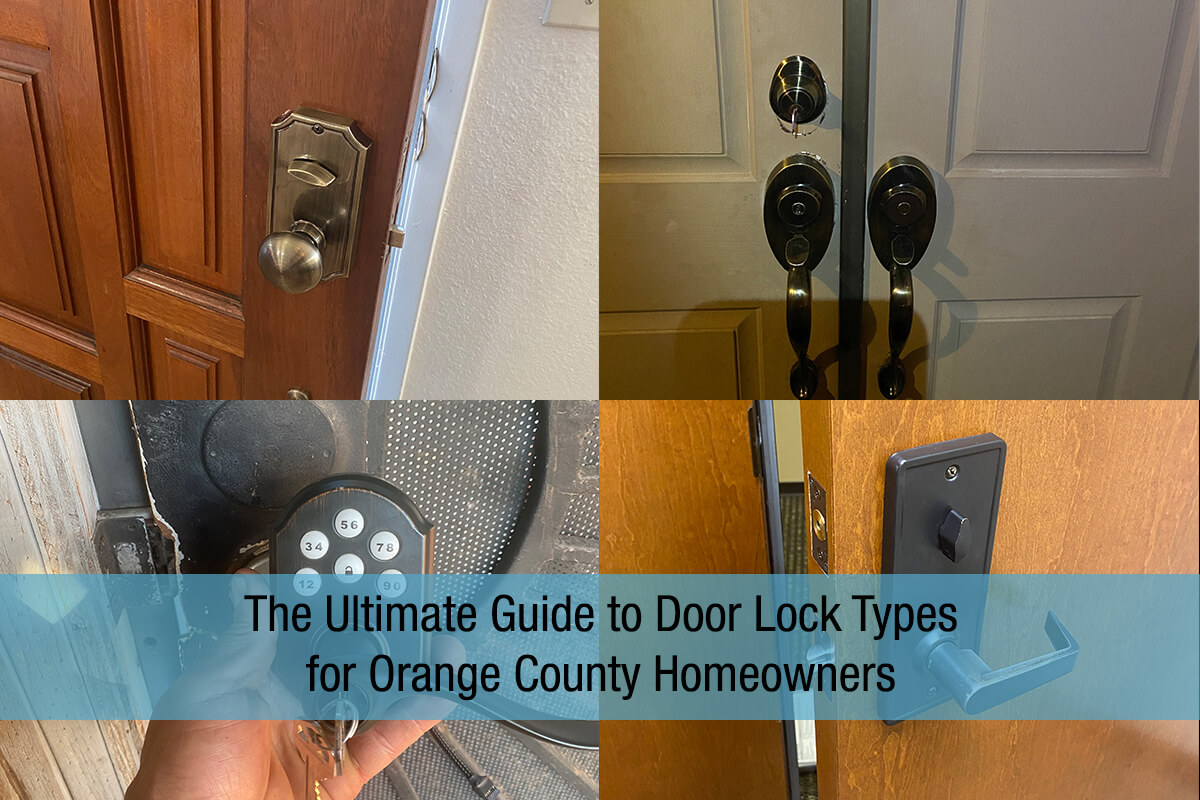
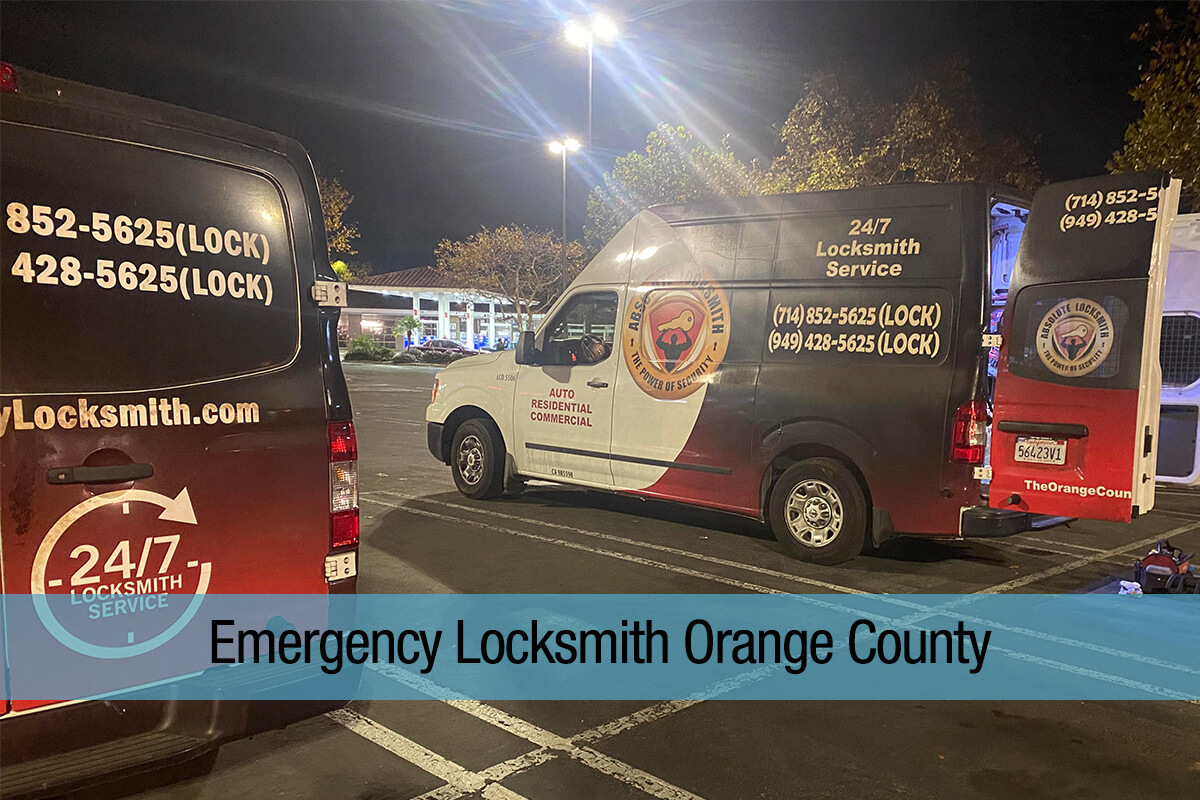
Emergency Locksmith Orange County
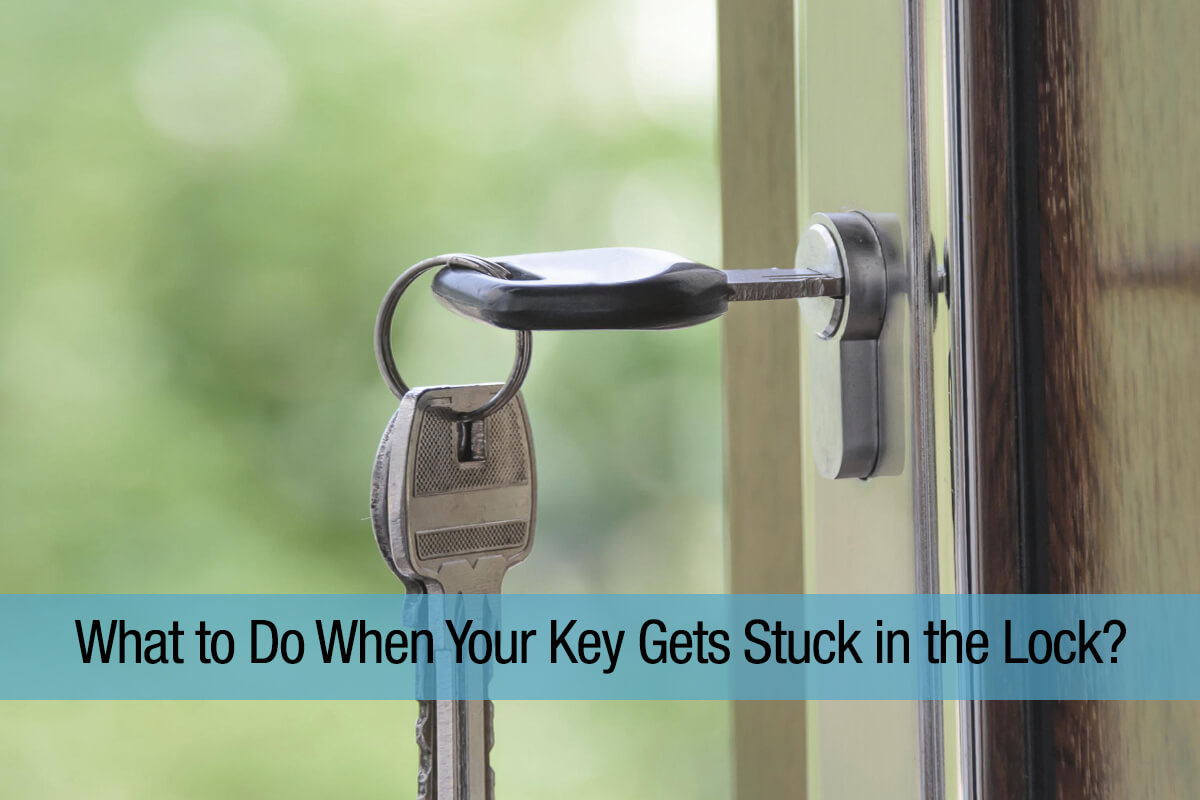
What to Do When Your Key Gets Stuck in the Lock?
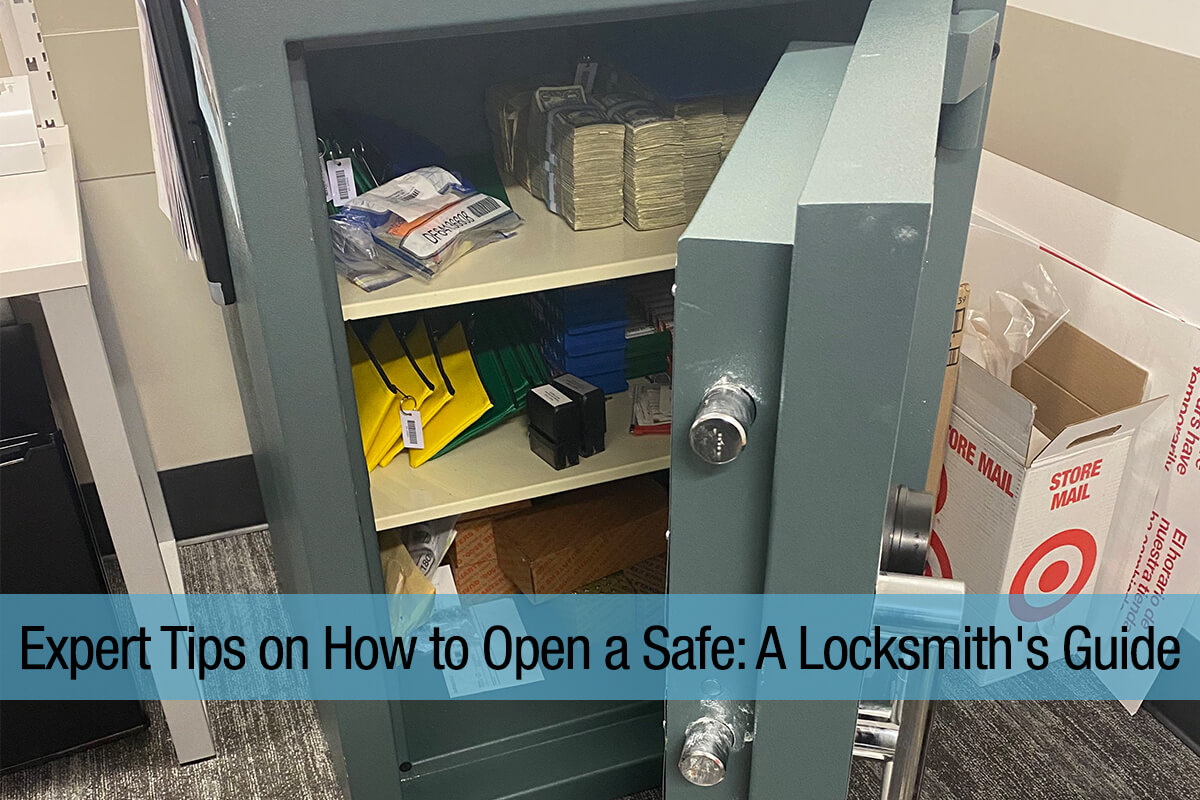


 30057 Alicia Parkway
30057 Alicia Parkway

 (949) 428-5625
(949) 428-5625 Working hours
Working hours




 Call Us
Call Us Text us
Text us